Your Ultimate Guide to Building Customer Experience That Drives Sales
Blog
October 21st, 2025
1 min read
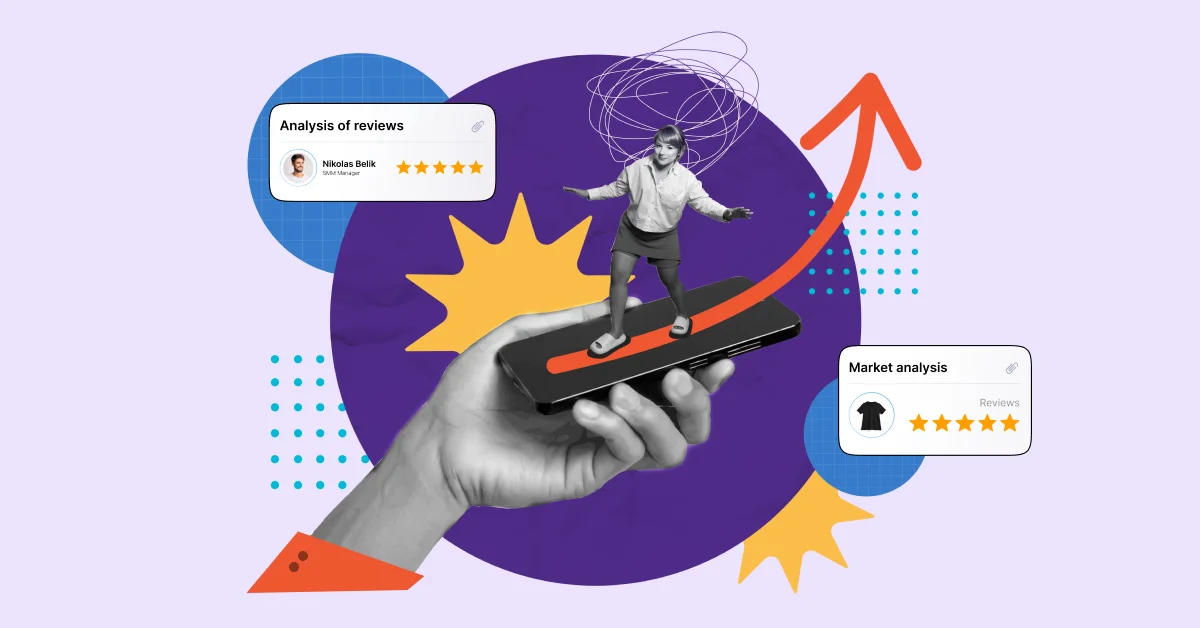
October 9th, 2025
18 min read
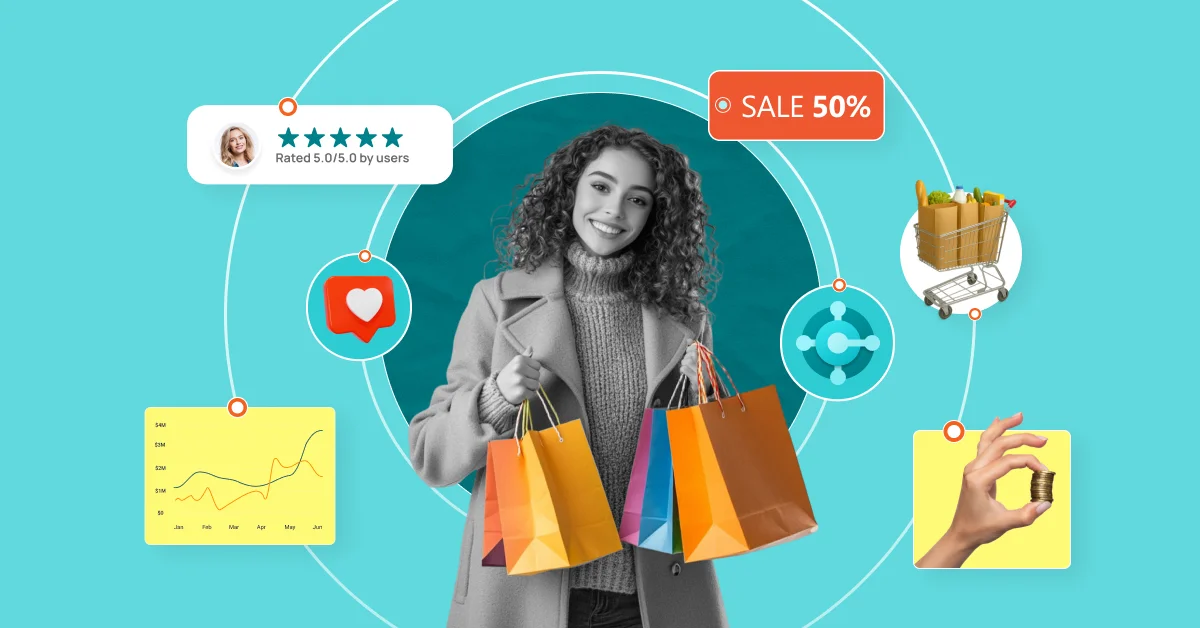
LTV — Customer Lifetime Value: Calculation and Practical Applications
October 9th, 2025
16 min read
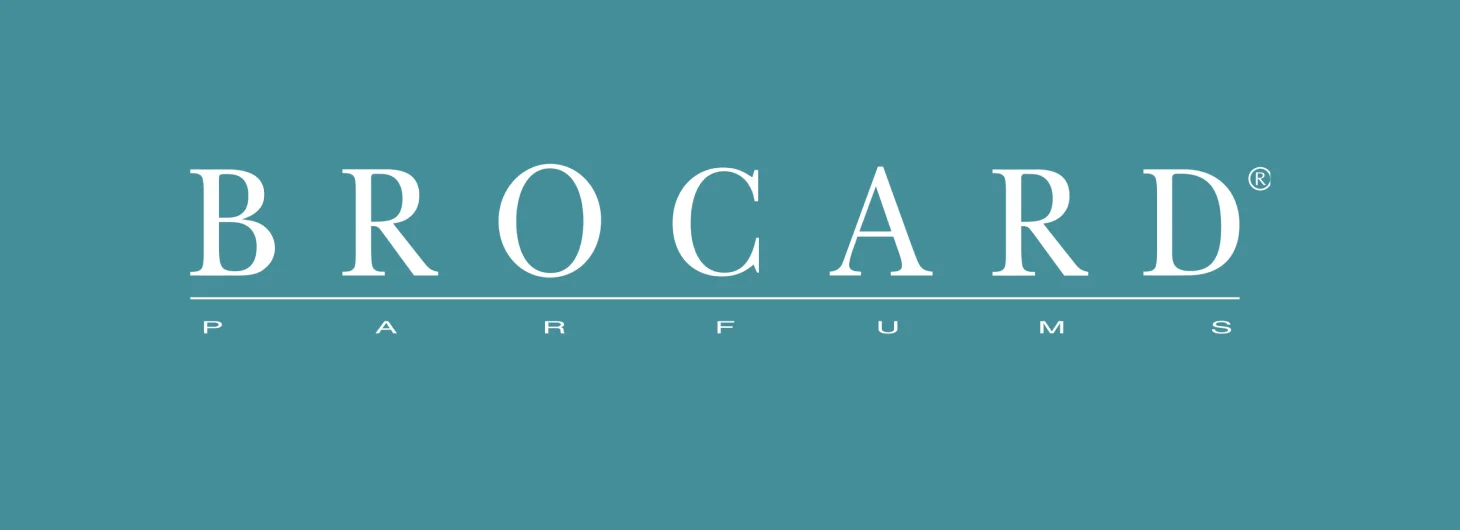
Antonina Ogandzhanian
Head of Marketing Projects, BROCARD
Microsoft Technologies That Drive Sales: How BROCARD Builds Daily Dialogues with Millions of Customers
September 18th, 2025
1 min read
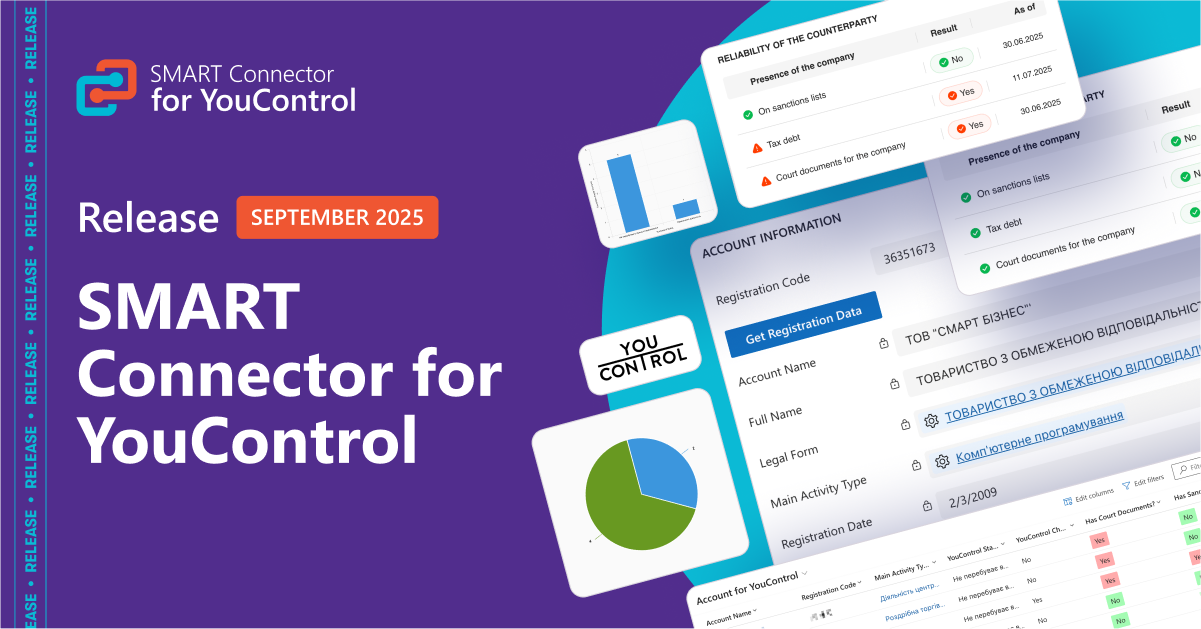
SMART Connector for YouControl: fast CRM enrichment with counterparty data
September 10th, 2025
16 min read
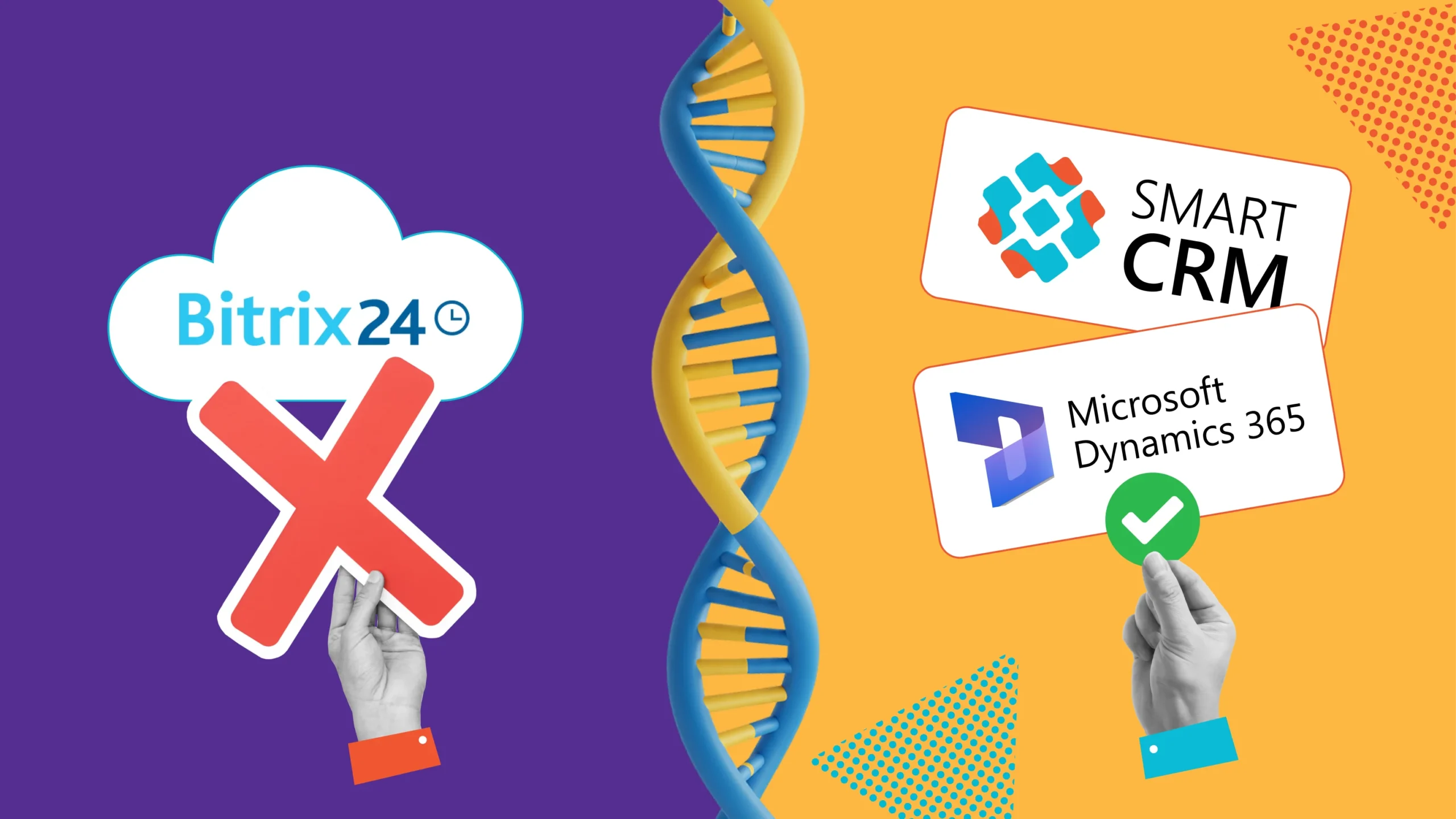
SMART CRM: A Reliable Alternative to Bitrix24
August 4th, 2025
2 min read
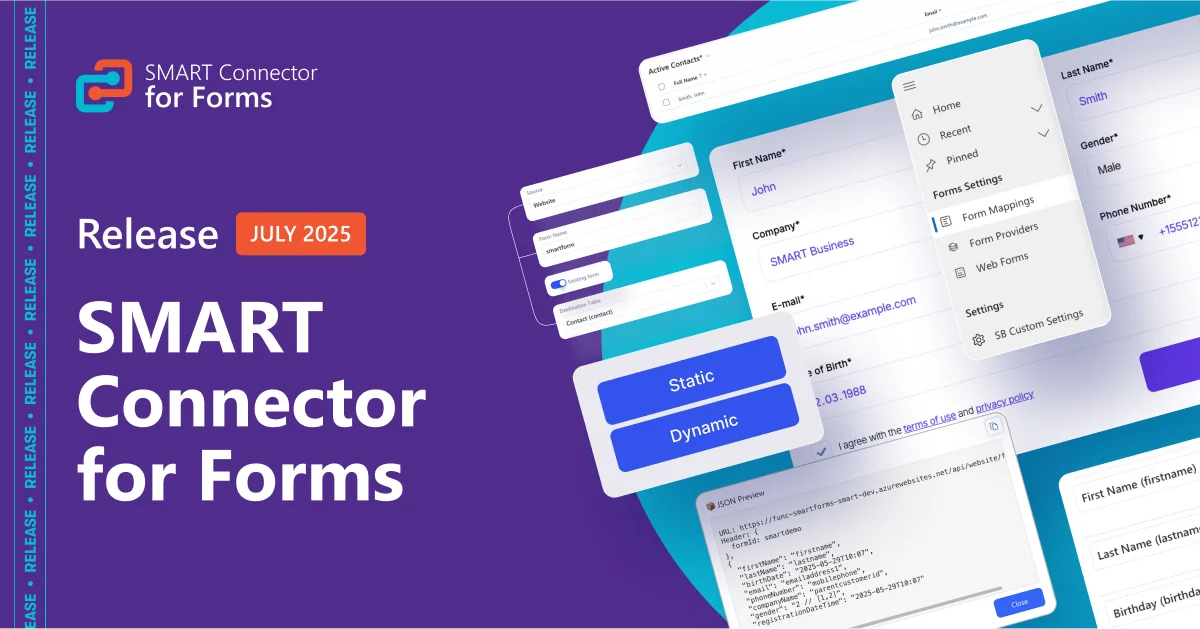
SMART Connector for Forms: Integration of SMART CRM with Your Website’s Web Forms
July 22nd, 2025
16 min read
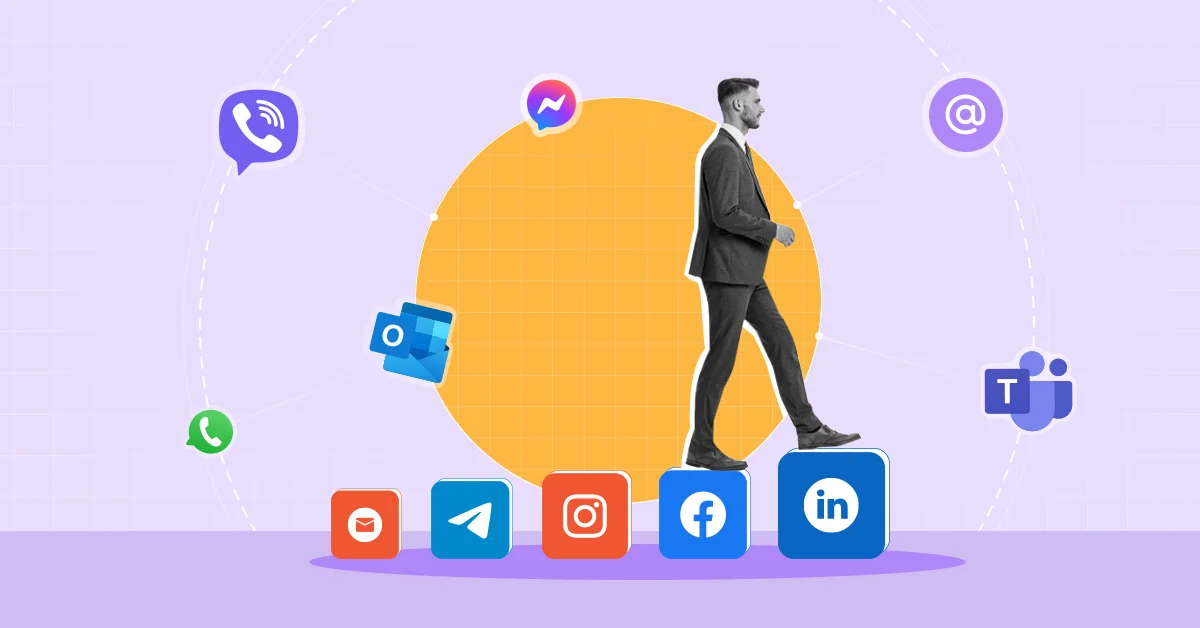
What Is Omnichannel in Business and How Does It Streamline Customer Interaction?
June 27th, 2025
3 min read

New SMART Easy Bot Release: Flexible Registration Management, New Button Types, File Sending, and Polish Language Support
June 27th, 2025
19 min read
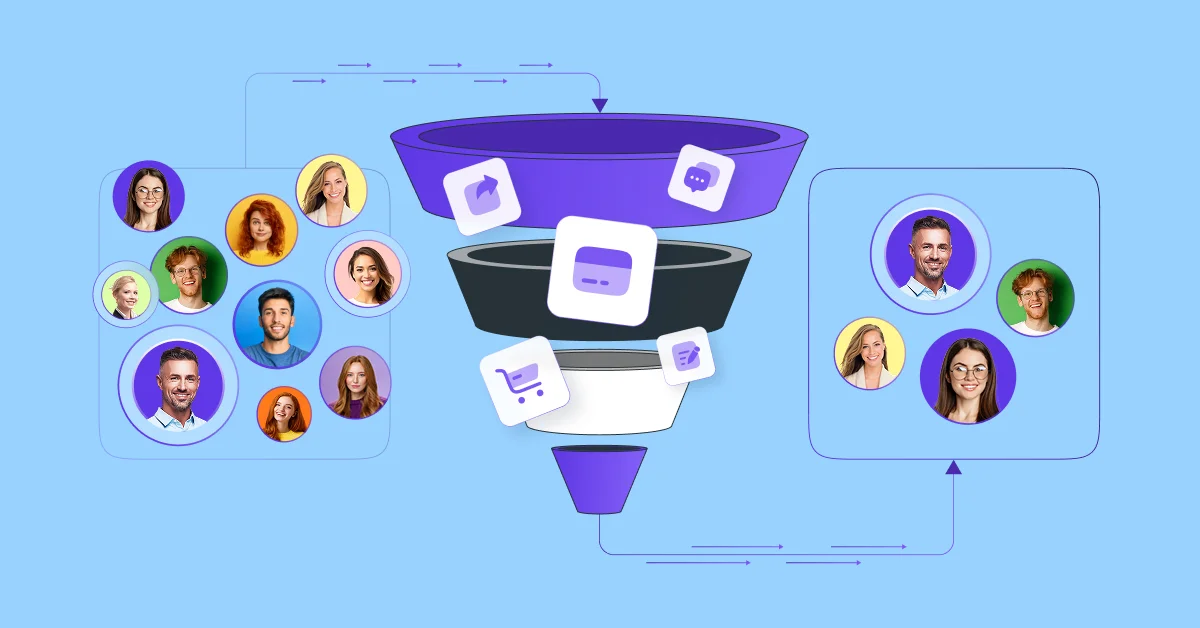
A Seamless Sales Funnel: How CRM Keeps Every Lead in Focus